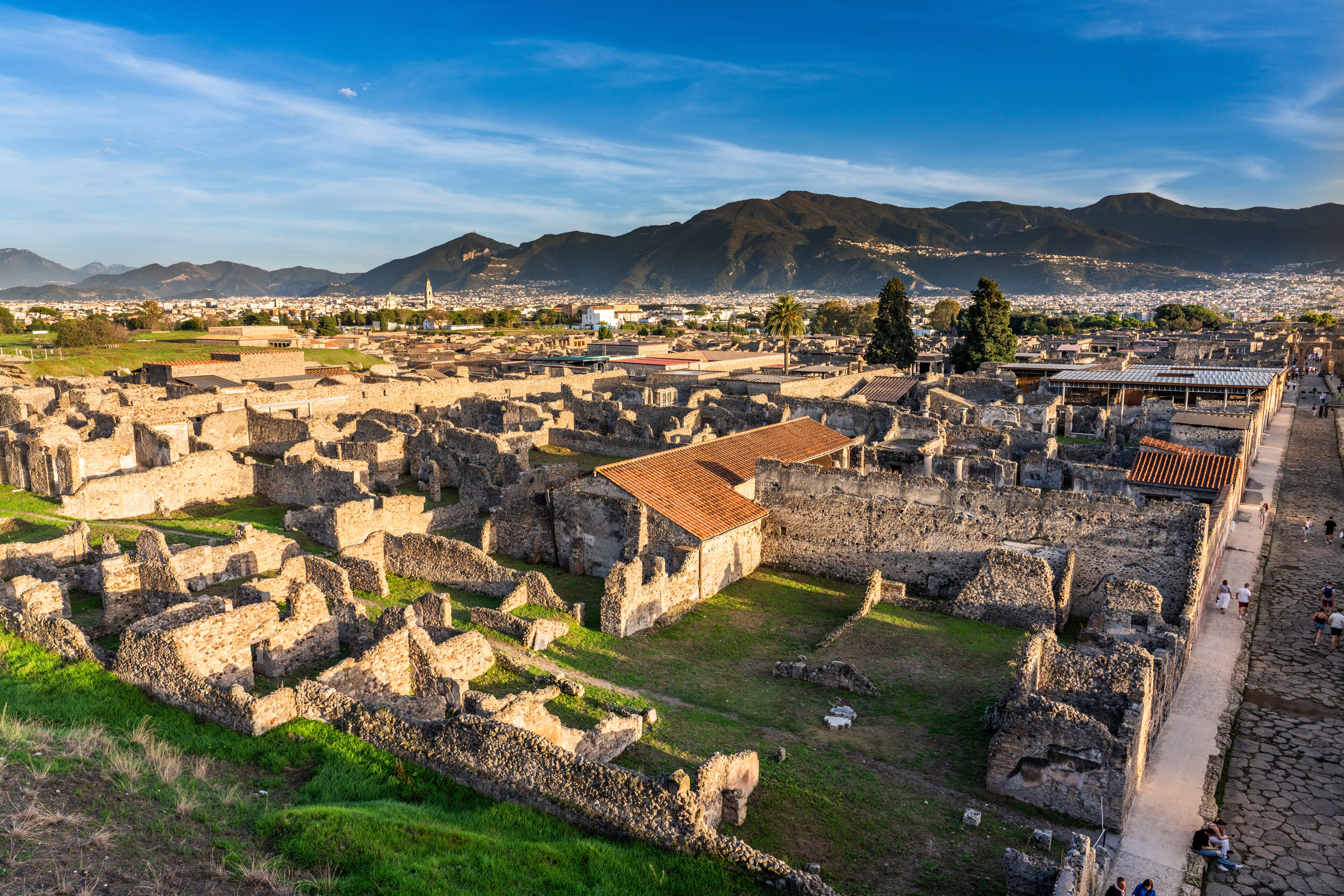Historical Significance

Region III is important. It shows typical Roman homes and buildings. This gives us a clear picture of life in Pompeii before Mount Vesuvius erupted in AD 79. Despite being partially excavated, it includes significant structures like the House of Trebio Valente and the Schola Armaturarum.
Excavations are ongoing to learn more about Pompeii's history and culture, focusing on sites like these to understand elite life and military activities. Despite challenges, efforts continue to preserve and study these important sites, highlighting Region III's importance in Pompeii's history.
Key Sites in Region III

-
House of Trebio Valente
The House of Trebio Valente is a typical Roman home from a long time ago. It has a big open space in the middle called an atrium and another open area called a peristylium. These were common features in Roman houses. The Trebii family, who were very important in Pompeii, owned this house.
They were powerful before and after Pompeii became part of Rome. During World War II, the front of the house was destroyed by bombings. But before that, it had some amazing advertising paintings on it. These paintings talked about elections and games happening in the city.
There's a garden behind the house with a nice place to eat outside during summer. The writings on the walls inside the house tell us a lot about daily life in Pompeii, like election announcements and advertisements. People found this house during excavations between 1913 and 1918.
-
Schola Armaturarum
The Schola Armaturarum was a meeting place for a military group. It was built a few years before the eruption and is located on Via dell'Abbondanza, one of Pompeii's main streets. The building featured representations of trophies and weapons, indicating its military connections. Inside, members would gather to plan military activities and games to be held in the Amphitheater and the Great Gym.
The building had a big room with shelves for displaying armor and trophies. Sadly, it collapsed in 2010 because of unstable ground and climate change. Restoration work started in 2015. The Schola Armaturarum was excavated in 1915-1916.
-
House of the Moralist
The House of the Moralist gets its name from moralistic inscriptions on its walls, listing expected behaviors during celebrations. It combines two homes and has a big garden with frescoes of birds and fruits.
There's also a small shrine for the goddess Diana with a marble statuette. Wine merchants likely owned it, suggested by names on electoral posters on the house's façade. Excavated in 1916-1917.
-
Nola Gate and Walls
The Nola Gate used to point the way to Nola's old town center. An inscription on the gate, now in a museum, says a leader named Vibius Popidius built it in the 3rd century BC. The gate is strong, built with big blocks and a curved ceiling. A carving of Minerva, the protector goddess, sits above the entrance.
Two towers guard the gate, making it hard for attackers to get through. Parts of the walls were fixed up in the 1st century BC, but the left side is original - built on a limestone base and with even taller tuff blocks on top. They dug up the Nola Gate in 1813.
-
Necropolis of Nola gate
Not far from the gate itself lies a cemetery called the Necropolis. Only four grand tombs were found here. Two are like half-circles with benches, and two are more like burial plots. A grieving husband built it for his young wife, Aesquilia Pollia, who died at 22.
Another bench tomb belonged to a priestess of Cerere, the goddess of crops. We know this because of the special box and spikes on the base of the column.
Sadly, the remains of 15 eruption victims were also found here.
There are also simpler tombs for four Praetorian guards, the emperor's elite protectors. These are marked by special carved stones called stelae. The Necropolis of Nola Gate was excavated in 1907-1908 and again in 1978.